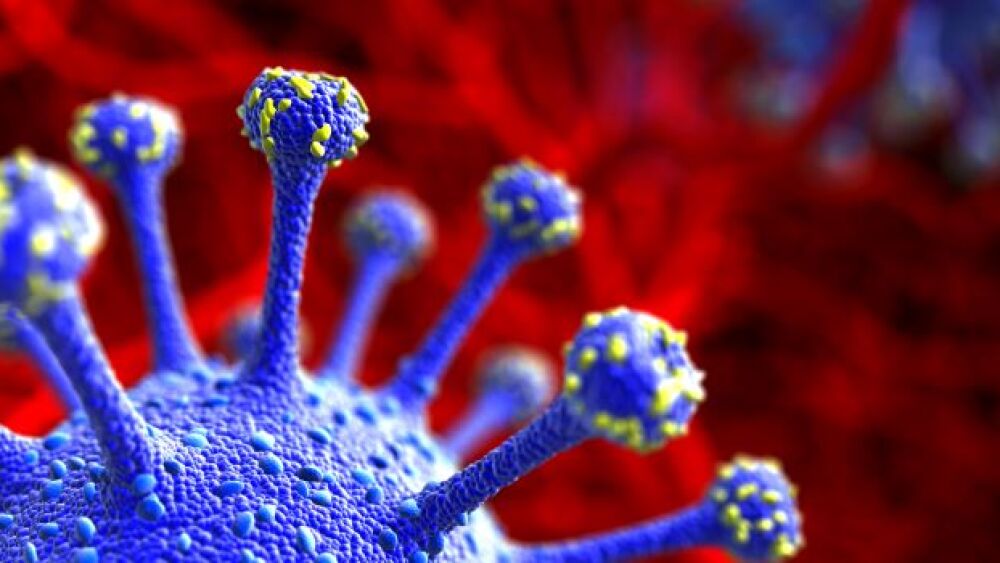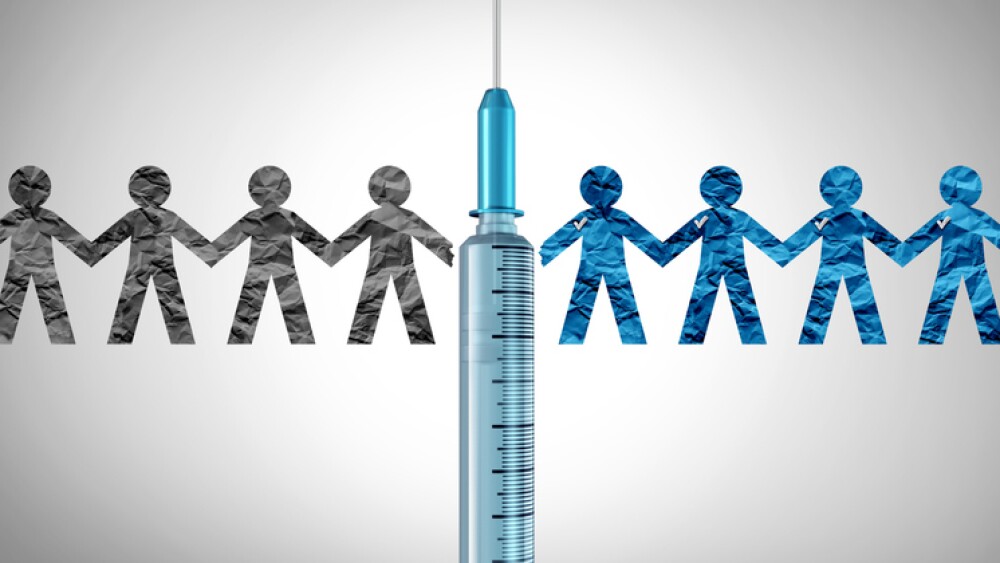Data is still coming in from South Africa and other regions about the new Omicron variant of COVID-19. Early analysis suggests it causes less severe disease than other variants.
Data is still coming in from South Africa and other regions about the new Omicron variant of COVID-19. Early analysis suggests it causes less severe disease than other variants. Read on for more information.
Early Data Suggests Omicron Less Severe
Although requiring more study, early data from South Africa suggests that the Omicron variant of SARS-CoV-2 may cause less severe COVID-19. On Sunday, the South African Medical Research Council published a report on early variant cases, which noted that most hospitalized patients with Omicron did not require supplemental oxygen. There were small numbers of people who developed pneumonia and required high-level care, but few who needed treatment in an intensive care unit (ICU). Although promising, it is only based on the analysis of 42 COVID-19 patients in a hospital on December 2, and most were hospitalized for other medical indications.
The report, authored by Fareed Abdullah, director of the SAMRC’s office of AIDS and TB research, wrote, “The relatively low number of COVID-19 pneumonia hospitalizations in the general, high care and ICU wards constitutes a very different picture compared to the beginning of previous waves.”
The data so far, which is limited, suggests the variant is more transmissible than other variants, possibly even more so than Delta. The data also seems to point to vaccines remaining in effect against Omicron. However, researchers say it is too early to draw conclusions without more data.
Similar data from South Africa also observed that in this fourth wave of infections, more children are being admitted to hospitals with Omicron infections, but they have been mild so far. This raises concerns that Omicron affects children and infants more than other variants. Of the 1,511 COVID-positive patients in hospitals in the Gauteng province, which includes Tshwane and Johannesburg, 113 were under nine years of age.
“We are comforted by clinicians’ reports that the children have mild disease,” said Ntsakisi Maluleke, a public health specialist in Gauteng. “The public needs to be less fearful but vigilant.”
In the U.S., Omicron has been detected in approximately a third of states, although Delta makes up more than 99% of cases.
Dr. Anthony Fauci, President Biden’s chief medical adviser and the director of the National Institute of Allergy and Infectious Diseases, said, “Thus far, it does not look like there’s a great degree of severity to it. But we have really got to be careful before we make any determinations that it is less severe or it really doesn’t cause any severe illness, comparable to Delta.”
Public health officials point out that the response to preventing COVID-19, whether it is Delta or Omicron or any other variant, remains the same at this point: get vaccinated. If already vaccinated, get a booster if eligible; mask and social distance as appropriate.
“I know that the news is focused on Omicron, but we should remember that 99.9% of cases in the country right now are from the Delta variant,” said Rochelle Walensky, M.D., director of the Centers for Disease Control and Prevention (CDC). Many cases, she noted, are in people who remain unvaccinated.
J&J Booster After Pfizer-BioNTech Vaccine Appears Effective
Johnson & Johnson announced preliminary data from a subset of participants in its COV2008 study run at Beth Israel Deaconness Medical Center. It demonstrated that a booster of the J&J COVID-19 vaccine given six months after a two-dose regimen of the Pfizer-BioNTech COVID-19 vaccine increased both antibody and T-cell responses. This supports other studies suggesting that a mix-and-match approach to the booster regimens works fine. At this time, the study is not peer-reviewed and is posted on medRxiv.
“There is early evidence to suggest that a mix-and-match boosting approach may provide individuals with different immune responses against COVID-19 than a homologous boosting approach,” said Dan Barouch, M.D., Ph.D., director of the Center for Virology and Vaccine Research at Beth Israel, who conducted the study. “In this preliminary study, when a booster dose of Ad26.COV2.S (J&J) was given to individuals six months after a primary regimen with the BNT162b2 (Pfizer-BioNTech) vaccine, there was a comparable increase of antibody responses at week four following the boost and a great increase of CD8+ T-cell responses with Ad26.COV2.S compared with BNT162b2.”
RedHill Biopharma’s Opaganib Appears Effective Against Variants, Including Omicron
RedHill Biopharma reported that due to the way it works, its opaganib against COVID-19 does not appear to be affected by mutations in SARS-CoV-2’s spike protein, including those in the Omicron variant. Opaganib targets the human host cell instead of the virus. It is designed to treat hospitalized patients with advanced disease.
They believe, if approved, the drug would target a different—and sicker— patient population than expected for Pfizer’s Paxlovid and Merck’s molnupiravir, both antiviral drugs.
Opaganib data packages have been delivered to the U.S. Food and Drug Administration (FDA), the European Medicines Agency (EMA), and the U.K.’s Medicines and Healthcare products Regulatory Agency (MHRA). The EMA is expected to respond before the end of the year and the FDA sometime in January 2022. The company is also planning submissions in other countries, including South Africa, Russia, Israel, Switzerland and more.
Kevin Winthrop, M.D., professor of Infectious Diseases at Oregon Health and Science University, stated, “The post-hoc data from the opaganib Phase II/III study in moderate and severe COVID-19 patients is intriguing and suggests the possibility that opaganib might prove itself as an effective anti-viral in this setting. In a subpopulation of patients defined as moderately severe based on their level of baseline oxygen supplementation, mortality was 62% lower in those using opaganib (16% placebo vs. 6% opaganib). The results suggest a sub-group of patients who would likely benefit from this therapy, and they highlight the need for additional studies in the development of this therapy.”





